Intercropping Boosts Farm Yields 20-50% While Building Resilience

TL;DR: Ammonia is emerging as a practical zero-carbon fuel for shipping, with the first commercial vessels launching by 2027 and major ports building infrastructure. While challenges remain around safety and green production costs, industry momentum suggests ammonia will play a significant role in decarbonizing maritime transport.
By 2030, the first fleet of commercial ships will glide through international waters powered not by diesel or liquefied natural gas, but by a chemical farmers have been spraying on crops for over a century. Ammonia, that pungent gas with the distinctive sharp smell, is being repositioned as shipping's unlikely hero in the race to zero emissions. It's a transformation that would have seemed absurd a decade ago, but today has governments, shipbuilders, and energy companies investing billions in making it reality.
The maritime industry faces a reckoning. Ships move 90% of global trade and generate about 3% of the world's carbon emissions—roughly equivalent to all of Germany's annual output. The International Maritime Organization has set ambitious targets: cutting emissions by at least 40% by 2030 and achieving net-zero by around 2050. Unlike cars or even airplanes, ships can't simply swap in batteries. They need energy-dense fuels that can propel massive vessels across oceans for weeks at a time.
That's where ammonia enters the picture. Made of three hydrogen atoms bonded to one nitrogen atom, ammonia can be burned directly in modified engines or cracked to release hydrogen for fuel cells. It produces no carbon dioxide when combusted—just nitrogen and water vapor. Even better, we already have a global infrastructure for producing and transporting ammonia, since it's been the foundation of agricultural fertilizers since the early 20th century.
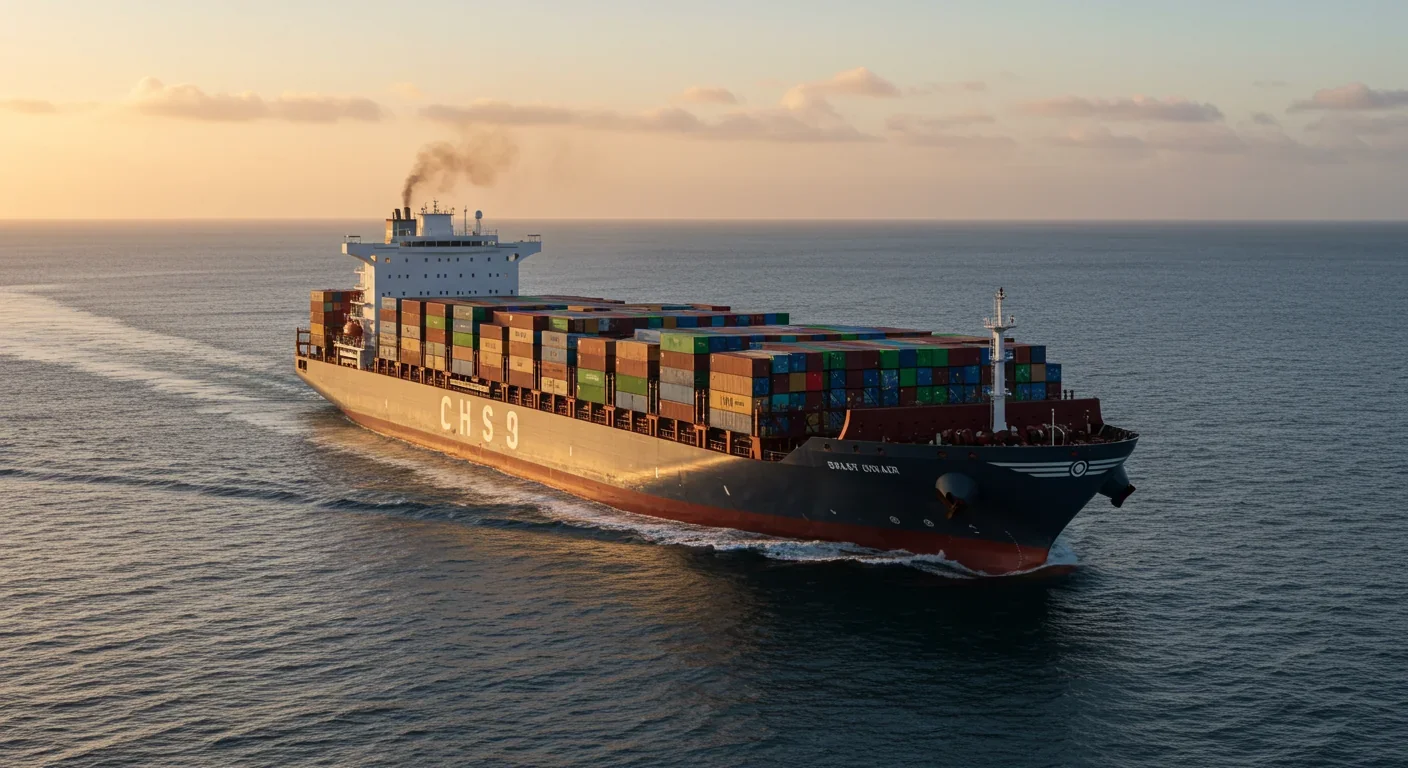
Hydrogen has long been touted as the ultimate clean fuel, but storing and transporting it is notoriously difficult. As the smallest molecule in existence, hydrogen leaks through almost anything, requires extreme compression or cryogenic cooling to liquefy, and has low energy density even when compressed. Ammonia solves these problems elegantly.
When you bond hydrogen with nitrogen to create ammonia, you get a liquid that's relatively easy to handle at modest pressures. Ammonia liquefies at -33°C at atmospheric pressure, far warmer than hydrogen's -253°C. This means you can transport it in tanks similar to those already used for propane or LNG, rather than requiring exotic materials and ultra-cold systems.
Liquid ammonia contains about 50% more energy by volume than liquid hydrogen, making it far more practical for long-distance maritime transport.
The energy density comparison tells the story: liquid ammonia contains about 50% more energy by volume than liquid hydrogen. For a ship crossing the Pacific, that difference translates directly into cargo space and profitability. Ammonia effectively serves as a hydrogen carrier—a way to move hydrogen energy around the world without actually moving hydrogen.
Current production methods are anything but green, though. The Haber-Bosch process that synthesizes ammonia from atmospheric nitrogen and hydrogen has been called one of the most important inventions of the 20th century because it enabled modern agriculture. It's also responsible for about 1.8% of global CO2 emissions, because the hydrogen typically comes from natural gas through a carbon-intensive process.
The promise lies in "green ammonia"—produced using hydrogen from water electrolysis powered by renewable energy. Several pilot projects are already demonstrating this is technically feasible. The economics, however, remain challenging. Green ammonia currently costs roughly twice as much as conventional ammonia, though costs are expected to fall as renewable energy becomes cheaper and production scales up.
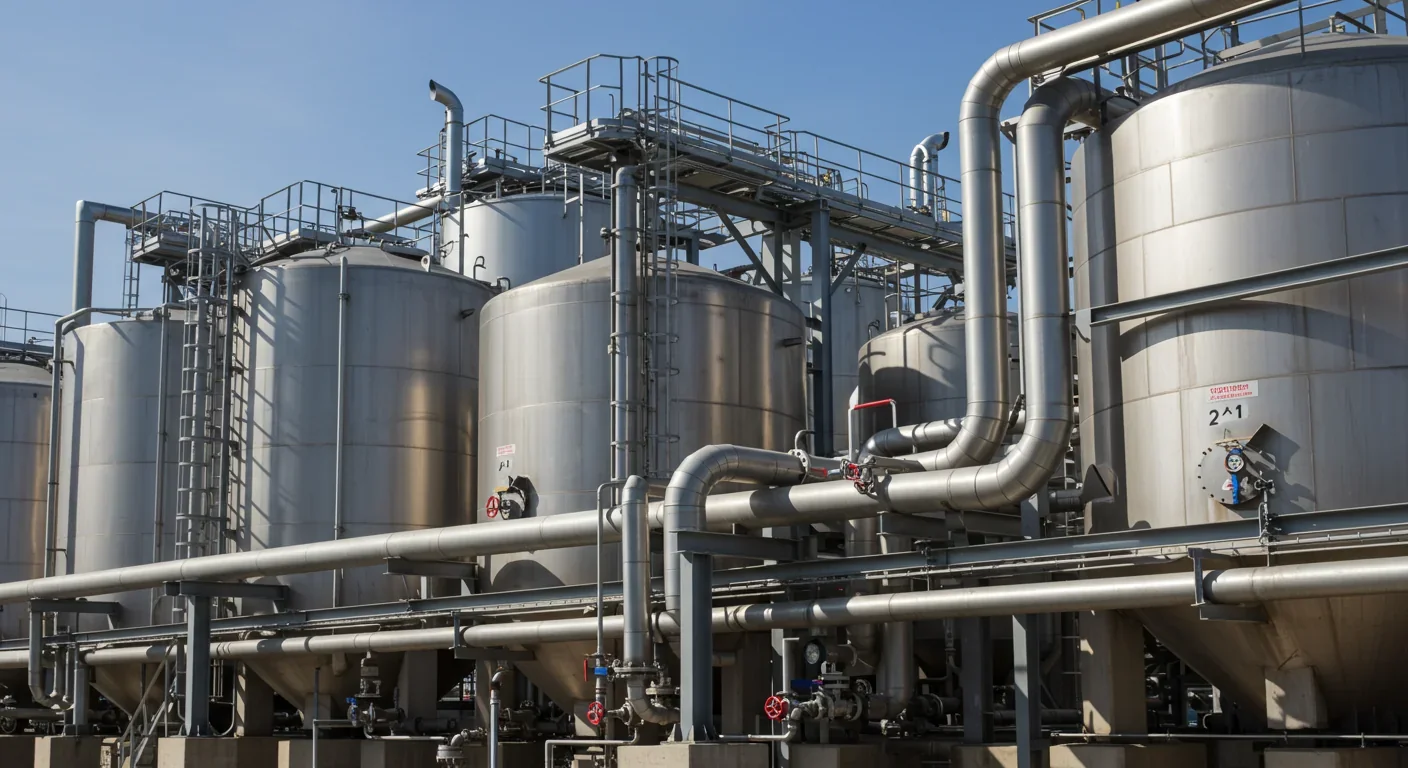
The Viking Energy was supposed to become the world's first ammonia-powered ship in 2024. This Norwegian platform supply vessel servicing North Sea oil rigs received significant attention when Wärtsilä, the Finnish marine engine manufacturer, announced plans to retrofit it with a dual-fuel ammonia engine. But the project hit delays, pushing the launch to 2026.
The postponement wasn't because ammonia fuel doesn't work. The engines perform as expected in testing. Rather, the holdup stems from the complex infrastructure needed to produce, transport, store, and bunker ammonia safely at ports. John Prousalidis, a marine engineering professor, explained that ammonia is "toxic, explosive, and corrosive," requiring specialized piping, storage tanks, and transport vehicles made with leak-proof, corrosion-resistant materials.
"Ammonia is toxic, explosive, and corrosive. We must use special piping, storage tanks, and trucks outfitted with materials engineered to be both leakproof and resistant to ammonia's corrosive properties."
— John Prousalidis, Professor of Marine Engineering
Despite this setback, momentum is building. In South Korea, Hanwha Ocean and Baker Hughes partnered to develop a commercial ammonia-compatible propulsion system targeting 2027 deployment. Japan's NYK Line is collaborating with IHI Power Systems, ClassNK, and Nihon Shipyard to build Japan's first ammonia-fueled coastal vessel, with extensive safety measures and input from marine engineers.
The development that really signals industry commitment came in early 2024, when MAN Energy Solutions began full-scale testing of the world's first two-stroke ammonia engine. These massive engines—the workhorses of container ships and bulk carriers—had previously only run on fossil fuels. Successfully adapting them for ammonia represents a crucial step toward widespread adoption.
By mid-2024, orders for alternative-fueled ships had grown by 50% compared to the previous year, with ammonia-ready vessels representing a significant portion. Major shipping companies aren't just experimenting—they're placing orders for vessels that will operate for 25 years or more. That's the kind of bet you only make if you believe the fuel supply will materialize.
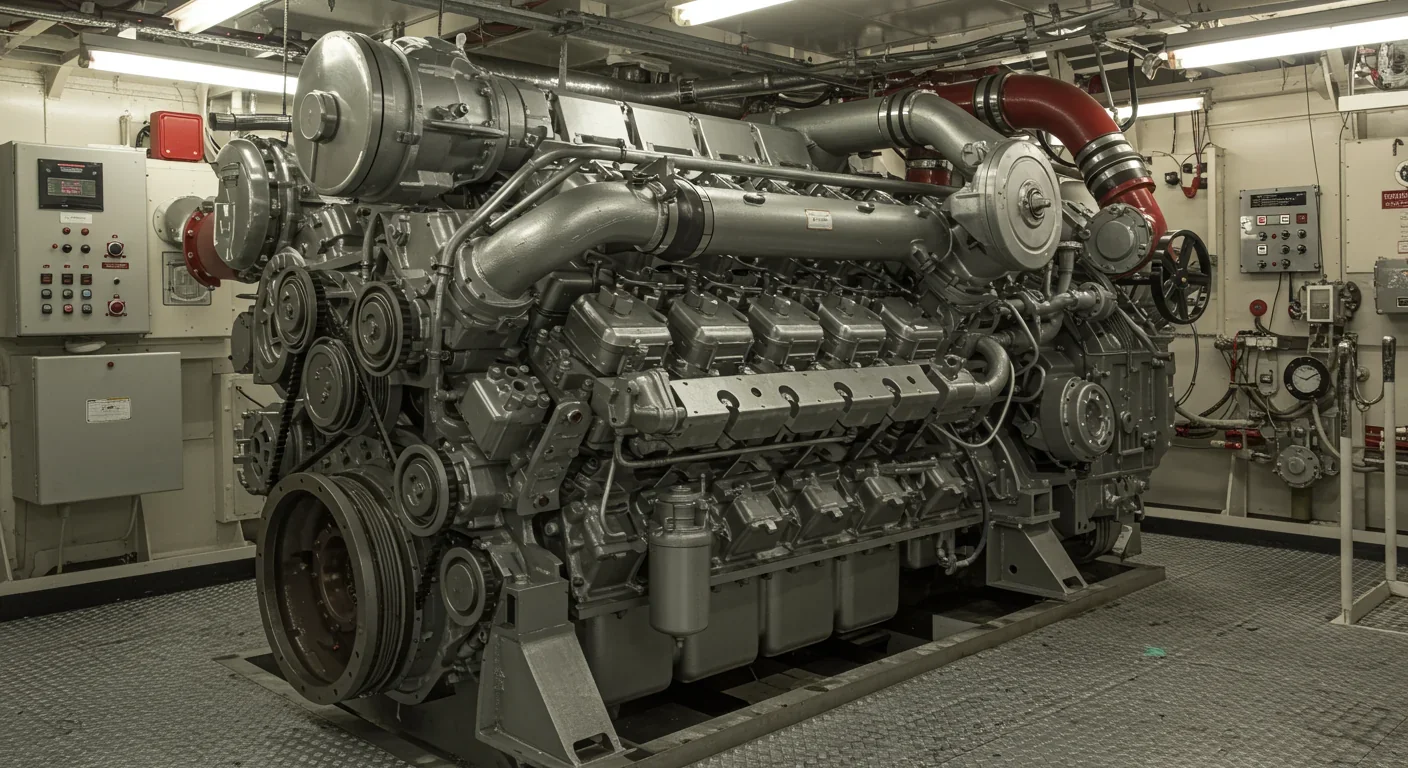
Building ammonia-powered ships is actually the easier part. The harder question is where those ships will refuel. Maritime fuel, known as bunker fuel, needs to be available at hundreds of ports worldwide for global shipping to function. Creating that network for a new fuel type is a monumental undertaking.
The good news is that we're not starting from zero. Ammonia is already produced at about 180 million tonnes annually, making it one of the most manufactured chemicals globally. It's transported via pipelines, barges, and specialized tanker ships to reach farms and industrial users everywhere.
Still, bunkering ships is different from delivering to a fertilizer plant. Maritime bunkering requires specialized vessels or port facilities that can quickly transfer hundreds of tonnes of fuel while a ship is docked. The equipment must handle ammonia's unique properties—its toxicity means transfer operations need additional safety systems, leak detection, and emergency procedures.
Singapore, the world's largest bunkering hub, is leading the way. The Maritime and Port Authority of Singapore announced plans for the first ammonia bunkering vessel, scheduled to begin operations in 2027. In Australia, Oceania Marine Energy, NH3 Clean Energy, and Pilbara Ports signed a joint development agreement to establish ammonia bunkering operations that could serve ships traveling between Asia and Australia.
Seaports could operate as energy hubs—producing, storing, and trading alternative fuels, solving the chicken-and-egg problem of fuel and vessel availability.
A 2024 report from RMI laid out a blueprint for how ports can supply green methanol and ammonia by 2030, identifying 19 key ports that together handle enough traffic to justify the investment. The chicken-and-egg problem—ships won't order ammonia fuel if ports don't offer it, ports won't invest if ships don't need it—is being resolved through coordinated planning between shipowners and port authorities.
Prousalidis suggests that seaports could operate as energy hubs, producing, storing, and trading alternative fuels. This vision aligns with broader efforts to integrate renewable energy generation with industrial facilities. A port with adjacent solar or wind farms could produce green hydrogen, synthesize ammonia on-site, and sell it directly to ships, all while avoiding the carbon footprint of long-distance transport.
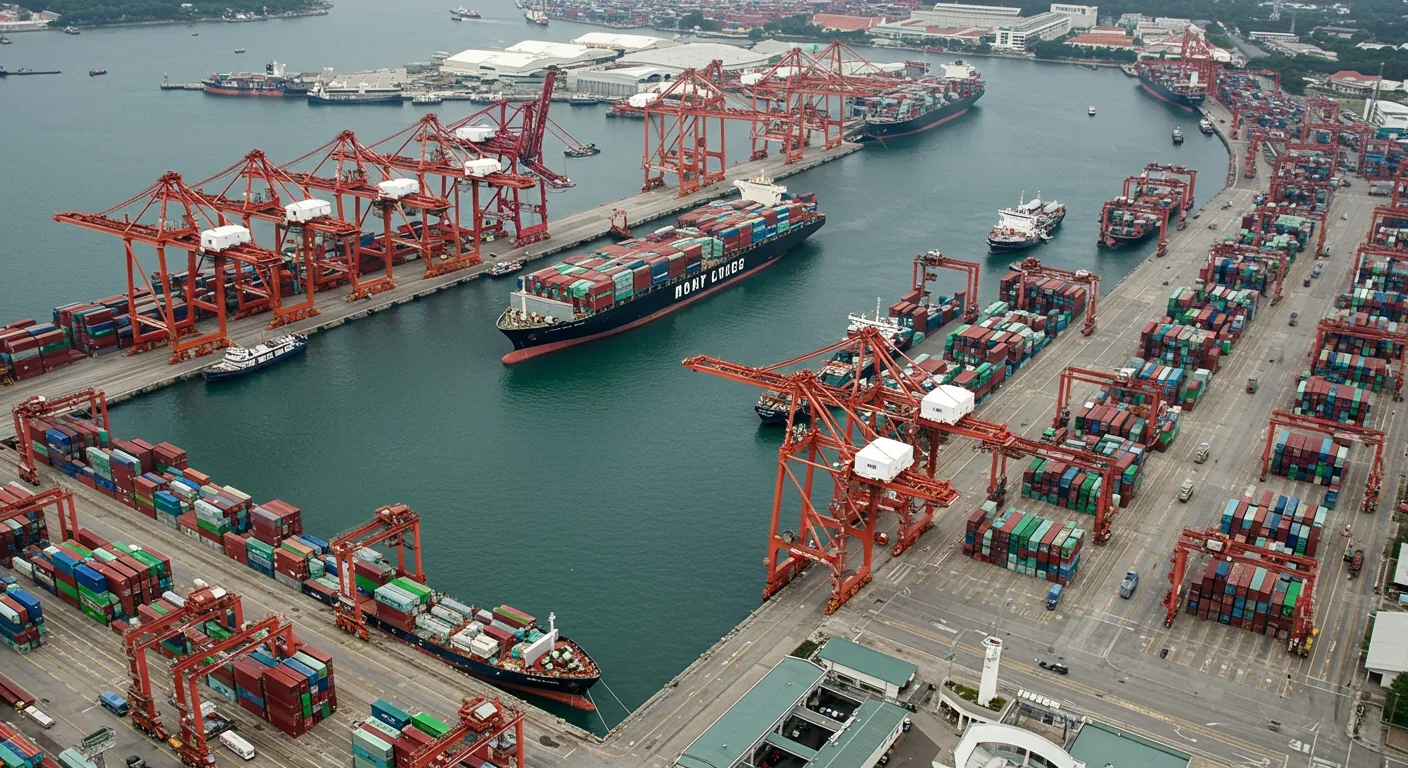
Let's be direct: ammonia is dangerous. Anyone who's accidentally gotten a whiff of household ammonia cleaner knows it's unpleasant. Industrial ammonia is far more concentrated and hazardous. Inhaling high concentrations can cause severe respiratory damage, skin contact produces chemical burns, and in enclosed spaces it can be fatal.
This isn't speculation—we have decades of experience with ammonia incidents. Industrial facilities handling the chemical require extensive safety protocols, specialized training, and emergency response capabilities. The question isn't whether ammonia is safe (it clearly requires respect), but whether we can manage the risks acceptably in a maritime environment.
The International Maritime Organization has developed interim guidelines specifically for using ammonia as ship fuel. These standards cover everything from tank design and ventilation systems to crew training and emergency procedures. Ships must have multiple layers of leak detection, automatic shutdown systems, and safe zones where crew can shelter if an ammonia release occurs.
Modern sensor technology helps significantly. Continuous monitoring systems can detect ammonia at concentrations as low as a few parts per million—well before levels become dangerous—and trigger alarms. Automated systems can isolate leaks and activate ventilation within seconds. The technology exists to handle ammonia safely; the question is whether it can be implemented reliably across thousands of ships operated by crews with varying levels of training.
A comprehensive guide on ammonia handling emphasizes that special protocols and best practices must be followed, including corrosion-resistant materials, proper ventilation, and rigorous maintenance schedules. When NYK Line planned Japan's first ammonia-fueled vessel, they consulted extensively with marine engineers to augment safety measures specifically for the maritime environment.
Some researchers point out that sailors have safely handled dangerous materials for generations. Ships regularly carry LNG, which is also flammable and hazardous, as well as countless toxic chemicals in containerized cargo. The difference is that ammonia would be present in larger quantities and integrated throughout the ship's systems. That requires different thinking about safety design.
Burning ammonia produces no CO2, which sounds perfect for climate goals. Reality is messier. Ammonia combustion releases nitrogen oxides (NOx)—the same pollutants that come from diesel engines and contribute to smog and acid rain. If we're replacing fossil fuels only to create a different pollution problem, have we really solved anything?
Fortunately, technology exists to address this. Selective catalytic reduction systems and ammonia slip catalysts—essentially specialized filters—can capture NOx emissions and prevent uncombusted ammonia from escaping. These are analogous to the catalytic converters in cars, and early tests show they work effectively. Wärtsilä claims its four-stroke ammonia engine delivers up to 90% greenhouse gas emission reduction compared to conventional marine fuel when using green ammonia.
"The climate benefit of ammonia fuel depends entirely on clean production methods. Without green hydrogen, we're just moving emissions from ship exhausts to production facilities."
— Environmental Defense Fund Analysis, 2025
The qualifier "when using green ammonia" is crucial. If we produce ammonia from natural gas using the Haber-Bosch process, we're still burning fossil fuels—just doing it on land before loading onto ships. The life-cycle emissions might actually be worse than using conventional bunker fuel directly, depending on production methods and transport distances.
Studies on emission performance of ammonia-fueled marine engines confirm that the technology works, but emphasize that the climate benefit depends entirely on clean production methods. This makes ammonia fundamentally different from batteries, which deliver emissions benefits regardless of how they're charged (though cleaner electricity is obviously better). With ammonia, the production method is everything.
That's why so much attention focuses on green ammonia production. Flexible production systems that can ramp up when renewable energy is abundant and scale back during shortages could help match supply with intermittent wind and solar generation. Some proposals suggest locating ammonia production facilities directly adjacent to renewable energy plants, minimizing transmission losses.
There's also debate about unintended environmental impacts. A 2025 analysis from the Environmental Defense Fund called for deeper understanding of ammonia's environmental effects beyond just carbon emissions. Ammonia released into the ocean can affect water chemistry and marine ecosystems, though the concentrations from shipping would be vastly lower than from agricultural runoff, which has been an environmental concern for decades.
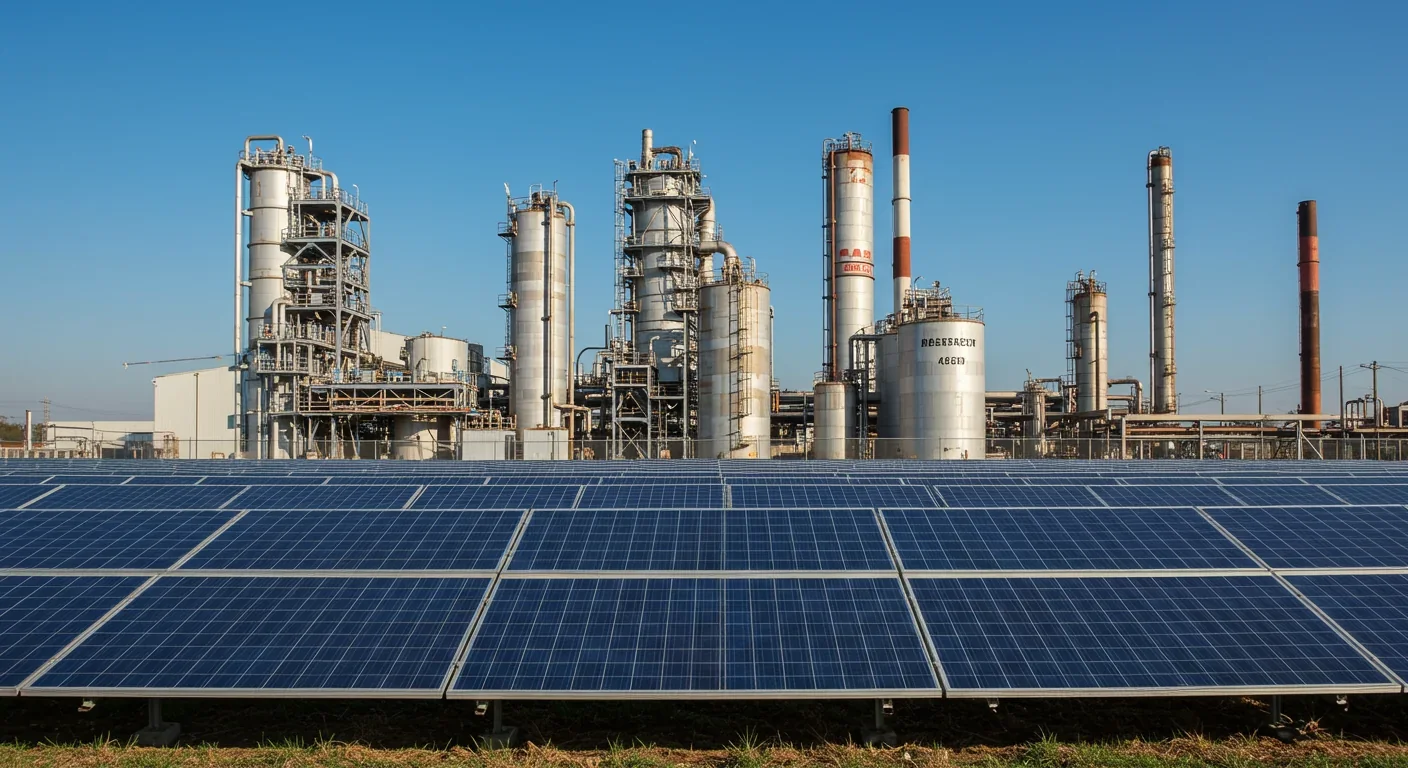
For all the talk about environmental benefits and technical feasibility, shipping is ultimately a business. Unless ammonia fuel makes economic sense, it won't be adopted at scale no matter how well it works technically.
A 2024 economic analysis compared ammonia against other alternatives like methanol and LNG. The findings were mixed. At current prices, green ammonia is more expensive than conventional fuel, but potentially competitive with other zero-carbon options. The analysis noted that fuel costs represent a significant portion of shipping expenses, so even small price differences affect profitability.
Engine modifications add costs too. Retrofitting existing ships for ammonia fuel isn't cheap—the Viking Energy retrofit budget reportedly ran into tens of millions of dollars. Building new ships with ammonia-capable engines costs more than conventional vessels, though the premium is decreasing as manufacturers gain experience and scale up production.
However, several factors could shift the economics favorably. First, carbon pricing and emissions regulations are making conventional fuel more expensive. The EU's Emissions Trading System already applies to maritime transport, and other regions are considering similar measures. Second, green hydrogen and ammonia production costs are falling as renewable energy becomes cheaper and electrolyzer technology improves. Third, fossil fuel prices remain volatile, while renewable-based ammonia offers more predictable long-term costs.
Government support is accelerating adoption. Japan and South Korea have both announced significant funding programs to support ammonia-powered shipping, including subsidies for ship construction and infrastructure development. The U.S. Department of Energy released action plans specifically focused on decarbonizing transport, with ammonia featured prominently.
Major shipping companies are betting their own money. The fact that alternative-fueled ship orders grew 50% in 2024 indicates confidence that the economics will work out. These aren't experimental vessels—they're commercial ships being ordered by companies that need them to turn a profit over decades of operation.
While maritime transport is the focus right now, ammonia fuel has potential in other hard-to-electrify sectors. Heavy-duty trucking, rail, and even aviation are monitoring maritime developments closely.
Amogy, a startup focused on ammonia-to-power systems, has demonstrated the technology in a tugboat and is working toward larger maritime applications. The company is also exploring heavy-duty trucks and potentially locomotives. The appeal is similar: these applications need high energy density and fast refueling, which batteries struggle to provide but ammonia can deliver.
The technology differs slightly for each application. Maritime engines can be quite large and heavy because ships have space. Trucks need more compact systems. Some approaches use ammonia in fuel cells rather than combustion engines—splitting it into hydrogen that then generates electricity. Ballard Power Systems is developing marine fuel cell engines specifically designed to work with ammonia-derived hydrogen.
Aviation represents a bigger challenge. Aircraft need extremely high energy density, and safety concerns about toxic fuels in passenger planes are understandably acute. Still, research continues on ammonia for cargo planes and potentially long-haul flights where the weight penalty of batteries is prohibitive.
Not every country or region views ammonia fuel identically. Japan has been particularly aggressive, seeing ammonia as strategically important for energy security. As an island nation with limited fossil fuel resources, Japan imports nearly all its energy. Ammonia produced from renewable electricity could be manufactured domestically or imported from countries with abundant solar or wind resources.
Japanese companies like NYK Line, Mitsubishi, and IHI are heavily invested in ammonia technology, and the government provides substantial support. At the COP27 climate conference, Japan showcased ammonia as part of its Green Shipping Challenge commitment, pledging specific targets for ammonia-fueled vessel deployment.
South Korea similarly sees ammonia as economically strategic. With major shipbuilding industries and limited domestic energy resources, Korean firms are positioning themselves to both build ammonia-powered ships and develop the fuel supply infrastructure.
European approaches tend to favor multiple alternative fuels rather than betting heavily on one solution. The EU is supporting development of ammonia, methanol, hydrogen, and advanced biofuels simultaneously, with the expectation that different applications will suit different fuels. The regulatory framework developed through the International Maritime Organization reflects this diversity, setting standards without prescribing specific technologies.
In the United States, ammonia development has been somewhat slower, though interest is growing. The existing ammonia production infrastructure—much of it in the Midwest near natural gas supplies and agricultural customers—could potentially be adapted for fuel production. Some ports on the Gulf Coast are exploring ammonia bunkering given their existing petrochemical facilities.
Australia's role might be particularly interesting. With vast renewable energy potential in its deserts and existing ammonia production facilities, Australia could become a major exporter of green ammonia to Asian markets. The Pilbara Ports initiative represents early steps toward building this export capability.
Let's separate the hype from realistic expectations. Ammonia won't completely transform global shipping by 2030. The infrastructure won't exist, there won't be enough green ammonia production, and most of the global fleet will still run on conventional fuel. That's just physics and economics—you can't rebuild the entire maritime industry in five years.
But by 2030, we'll likely see dozens of ammonia-powered vessels in operation, proof that the technology works commercially and not just in laboratories. The first bunkering operations will be functioning at major ports in Singapore, Japan, and probably several European locations. New ship orders will increasingly specify ammonia compatibility, since vessels built today will operate until 2050 or beyond.
The 2030s will determine whether ammonia becomes dominant or remains a niche fuel. This depends on factors we can't fully predict: how quickly green hydrogen costs fall, whether carbon pricing becomes stringent enough to fundamentally change maritime economics, if safety concerns emerge from real-world operations, and whether competing alternatives like advanced biofuels or synthetic methane prove superior.
What we can say is that ammonia has moved beyond the conceptual stage. Real companies are investing real money, actual engines are being built and tested, and regulatory frameworks are being put in place. The question isn't if ammonia fuel will exist, but how widely it will be adopted.
For people working in logistics, port operations, or maritime industries, the time to understand ammonia fuel is now. It's going to reshape parts of your world whether you're ready or not. For investors, ammonia production, engine manufacturers, and port infrastructure companies represent potential opportunities—and risks if you bet on the wrong approach.
For the rest of us, this is about more than just ships. How we decarbonize heavy transportation will influence climate outcomes, global trade patterns, and energy security for decades. Ammonia might not be the most exciting technology, but it could be one of the most important.
The ships powered by fertilizer are coming. Whether they'll help save the planet or create new problems we haven't anticipated is the question we'll spend the next decade answering.

Curiosity rover detects mysterious methane spikes on Mars that vanish within hours, defying atmospheric models. Scientists debate whether the source is hidden microbial life or geological processes, while new research reveals UV-activated dust rapidly destroys the gas.

CMA is a selective cellular cleanup system that targets damaged proteins for degradation. As we age, CMA declines—leading to toxic protein accumulation and neurodegeneration. Scientists are developing therapies to restore CMA function and potentially prevent brain diseases.

Intercropping boosts farm yields by 20-50% by growing multiple crops together, using complementary resource use, nitrogen fixation, and pest suppression to build resilience against climate shocks while reducing costs.

The Baader-Meinhof phenomenon explains why newly learned information suddenly seems everywhere. This frequency illusion results from selective attention and confirmation bias—adaptive evolutionary mechanisms now amplified by social media algorithms.

Plants and soil microbes form powerful partnerships that can clean contaminated soil at a fraction of traditional costs. These phytoremediation networks use biological processes to extract, degrade, or stabilize toxic pollutants, offering a sustainable alternative to excavation for brownfields and agricultural land.

Renters pay mortgage-equivalent amounts but build zero wealth, creating a 40x wealth gap with homeowners. Institutional investors have transformed housing into a wealth extraction mechanism where working families transfer $720,000+ over 30 years while property owners accumulate equity and generational wealth.

AlphaGo revolutionized AI by defeating world champion Lee Sedol through reinforcement learning and neural networks. Its successor, AlphaGo Zero, learned purely through self-play, discovering strategies superior to millennia of human knowledge—opening new frontiers in AI applications across healthcare, robotics, and optimization.